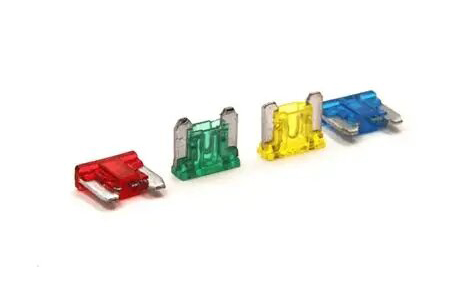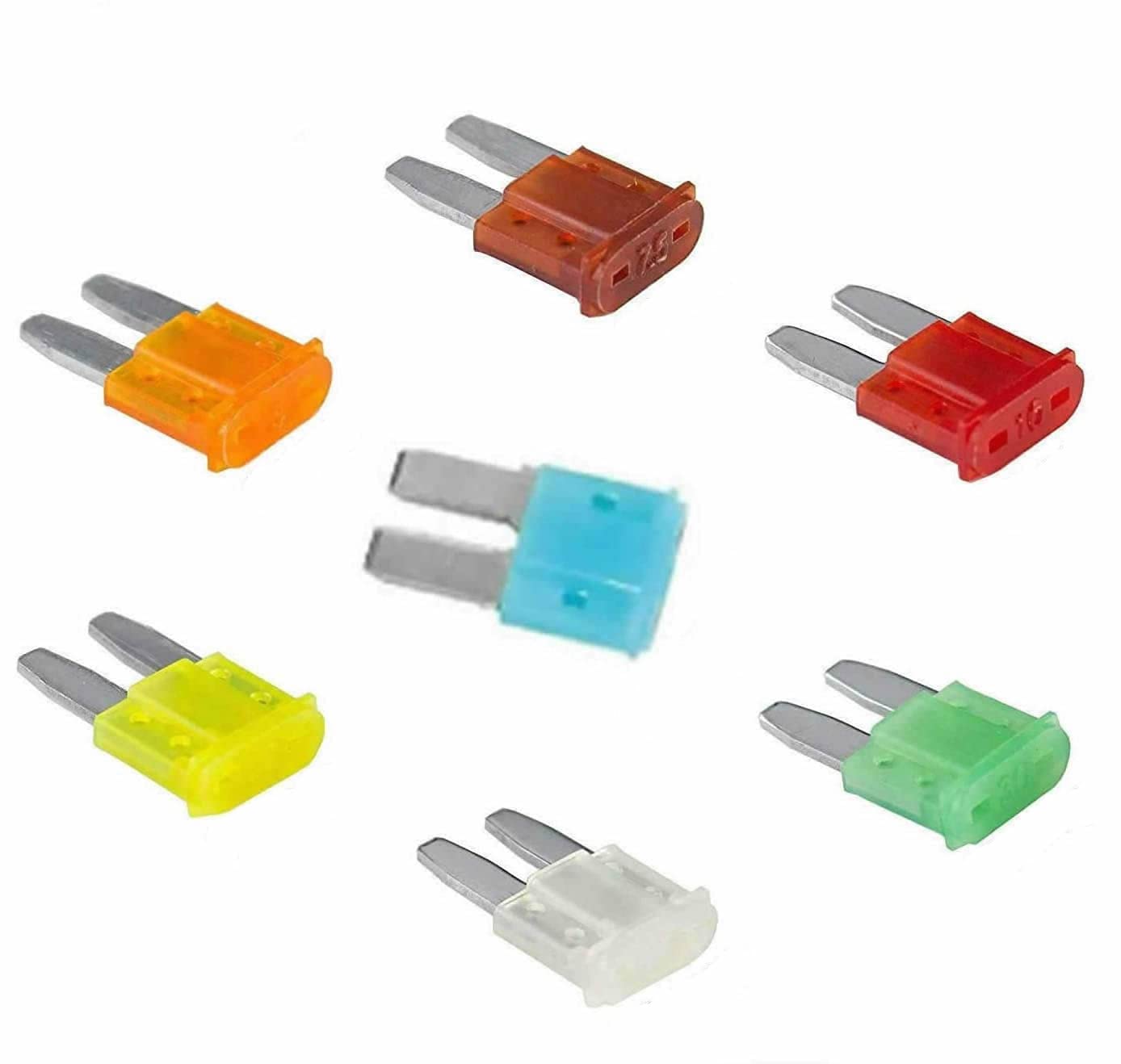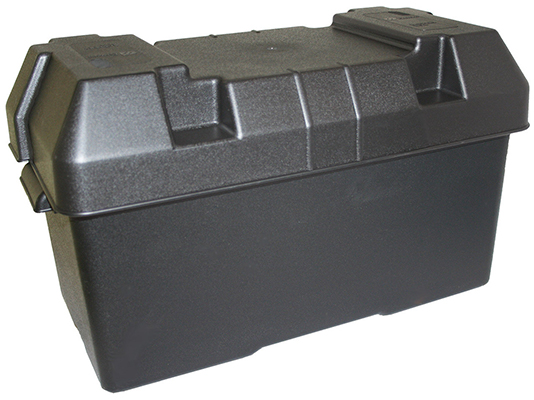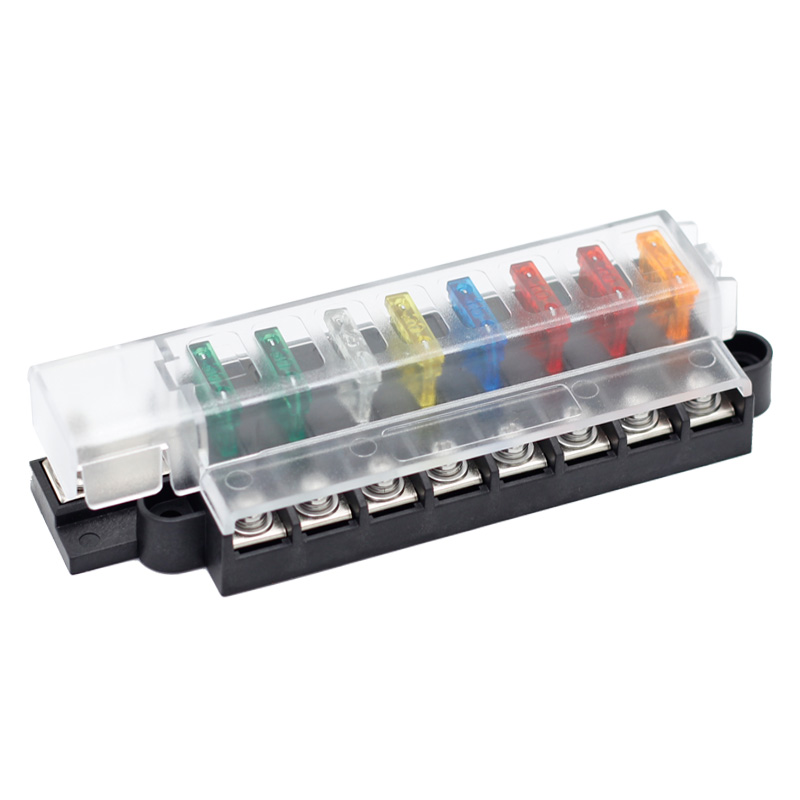Comprehensive Overview of Fuses in Automotive Lighting Circuits
News 2025-10-13
Automotive fuses are critical safety components in vehicles, designed to protect electrical circuits from damage due to overcurrent or short circuits. Specifically for car headlights and taillights, these fuses safeguard the lighting systems that are essential for visibility and safety during driving. Fuses work by melting a metal wire when excessive current flows, breaking the circuit and preventing potential fires or component failures. In modern vehicles, fuses are integrated into fuse boxes, often located in the engine compartment or dashboard, and are rated for specific amperages to match the electrical load of components like headlights and taillights.

Applications in Vehicle Lighting Systems
Fuses for headlights and taillights are applied in scenarios where reliable lighting is paramount, such as night driving or adverse weather conditions. Headlight fuses protect high-intensity bulbs that demand significant power, ensuring that failures do not affect other systems. Similarly, taillight fuses guard against issues in brake lights and turn signals, which are crucial for communication with other drivers. In electric and hybrid vehicles, these fuses adapt to advanced LED systems, providing protection while supporting energy-efficient designs that reduce overall vehicle power consumption.
Key Performance Benefits
Fuses offer several advantages in automotive lighting, including rapid response times to overcurrent events, which minimize damage and extend the lifespan of lighting components. Their compact size and low cost make them an efficient choice for protecting sensitive electronics in headlights and taillights. Additionally, modern fuses incorporate features like blade designs for easy replacement and color-coding for quick identification of amperage ratings, enhancing reliability and maintenance ease in demanding driving environments.
Choosing and Installing Fuses
Selecting the right fuse involves matching the amperage to the specific lighting circuit, with common ratings for headlights ranging from 10 to 20 amps and taillights from 5 to 15 amps. Installation requires accessing the fuse box, using tools like fuse pullers for safe removal and replacement. Regular inspections can prevent failures, and opting for high-quality fuses from reputable manufacturers ensures better performance and durability, reducing the risk of electrical issues in critical lighting systems.
Frequently Asked Questions
1. What is the role of a fuse in car lighting?
A fuse acts as a safeguard by breaking the circuit if too much current flows, protecting headlights and taillights from damage and preventing electrical hazards.
2. How often should fuses be checked in a vehicle?
Fuses should be inspected during routine maintenance, such as oil changes, or if lighting issues arise, to ensure they are intact and functioning properly.
3. Can a blown fuse cause lighting failures?
Yes, a blown fuse directly results in the failure of associated lights, such as headlights or taillights, and should be replaced promptly to restore functionality.


